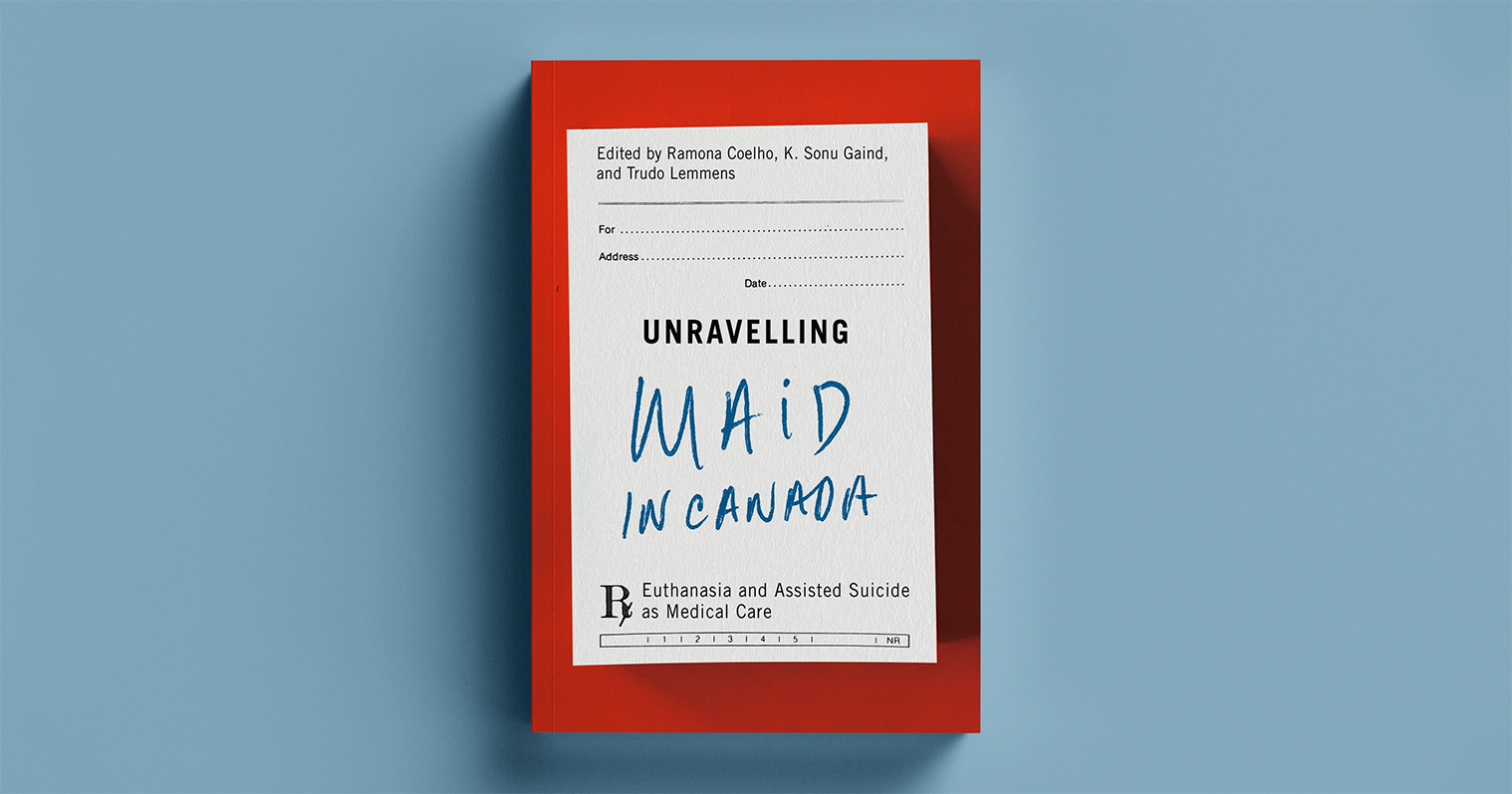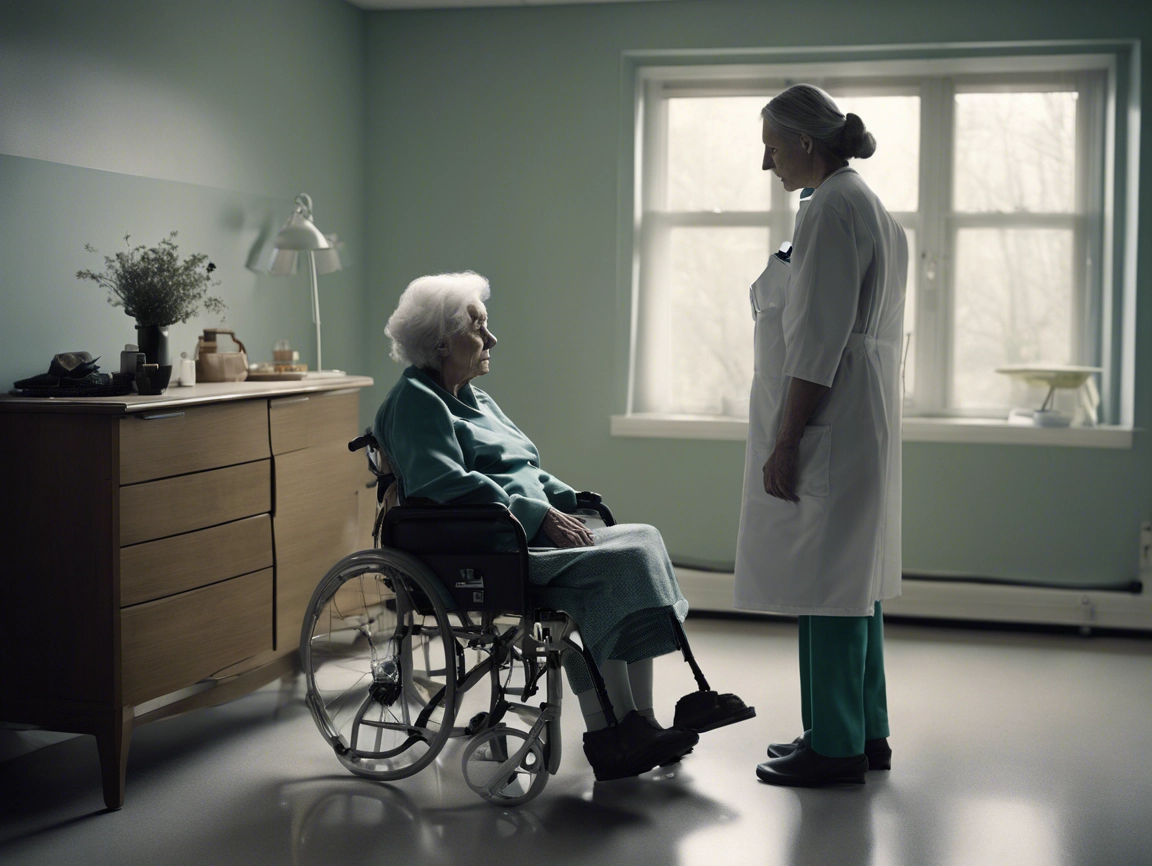The news cycle at the Physicians’ Alliance against Euthanasia is very, very long. We’re not journalists: we’re doctors looking after sick people, who in our spare time try to protect patients, doctors and society from euthanasia, in part through our blog and newsletter.
In November 2017 the World Medical Association held a meeting in Rome to discuss end of life questions, and Dr. Jeff Blackmer of the CMA was there, urging the WMA to change its policy on euthanasia, which states that it is unethical. In January we published a criticism of his effort, and a few days later Dr. Blackmer sent us an article in response to our post. We are only now, having seen the new draft CMA Code of Ethics, returning to the conversation. Better late than never.
A very brief paraphrase of Dr. Blackmer’s article could be as follows:
There is no truth about whether it is right or wrong to kill a patient who requests it. It is a matter of opinion. CMA members hold opposing opinions on this question and the CMA is committed to supporting all of them. The CMA made great efforts to support the freedom of conscience of those who refuse to euthanize patients. We also support those who choose to euthanize, and are so asking the WMA to stop labelling them as unethical doctors. This is how one respects those who hold opinions different from one’s own.
We quote: “Physicians who go to meetings demanding that their colleagues support their rights, even though they may disagree with their views, but then refuse to do the same when the shoe is on the other foot, might find themselves accused by some of hypocrisy.”
The radical ethical relativism behind these statements is self-evident, as is that behind the CMA’s efforts to please doctors on both sides of this debate. The limits of relativism itself are also evident, as we see in the very next paragraph:
“Comparing Canadian physicians who participate in assisted dying to Nazi physicians is morally wrong.”
Read as: There are no moral absolutes about killing, but there certainly are about name-calling, labelling, and drawing unpleasant or ill-advised parallels. Welcome to 21st-century Canada.
The WMA Declaration on Euthanasia does not label doctors as ethical or unethical. It is part of a code of behaviour proposed to the profession. Doctors who contravene the code do so for many reasons, some of which might be admirable, others perhaps less so. The Declaration targets the act and says nothing about the person. We believe that a neutral position on the prohibition against deliberate killing, which has been a pillar of civilization for millennia, is fundamentally untenable. And Insistence that the WMA “go neutral” on euthanasia is in reality a call to take a stand in favour of it, as the CMA has done in practice, if not explicitly. Which brings us to the new draft CMA Code of Ethics (not available online).
The draft includes an obligation to refer to another physician, in certain situations, when the patient requests an act the doctor considers unethical. Many members have expressed their profound disagreement with this requirement. We sincerely hope the CMA will heed these voices, and refuse to align itself with the College of Physicians and Surgeons of Ontario, which is trying to drive doctors who refuse euthanasia from almost all fields of medicine.
It is instructive to look at some time-honoured clauses from former versions of the Code, carried forward with slightly different wording, and to see what new meanings they take on since the advent of legal euthanasia. How does the CMA understand them now?
A few examples:
Provide opinions consistent with the accepted views of the profession…; indicate when presenting an opinion that is contrary to the accepted views of the profession.
This says, literally, that euthanasia practitioners must inform patients of how few doctors, in Canada and the world, think as they do; and that there is no scientific evidence supporting euthanasia as a solution to suffering.
Accept the patient without discrimination (… such as on the basis of age, disability, … genetic characteristics, … medical condition…).
As the disability-rights community has said repeatedly: a profession that allows certain patients, chosen on the basis of just such characteristics, to be informed that they possess a special “right to die”, has already failed in this requirement.
Respect the values and intentions of a decisionally incompetent patient as expressed through advance care planning discussions or via a substitute decision-maker.
Whatever sense this provision previously had concerning withholding or withdrawal of care, it becomes highly controversial in the context of legal MAID. Now a previously expressed wish, with more or less understanding of all its implications, could lead to someone being killed who is conscious and does not currently want to die.
Maintain personal health and well-being…Value and promote a professional culture that recognizes, supports and responds effectively to colleagues in need…
This should mean, at a minimum: prevent PTSD epidemics by individually licensing and monitoring the smallest possible number of MAID practitioners, and rigorously keeping euthanasia away from typical medical practice.
We are pleased to see the basic principles the Codes propose regarding the physician’s conscience:
In “Virtues Exemplified by The Medical Profession”: A physician who acts with moral courage communicates and does what they believe to be right and true even in the face of adverse consequences.
And in “Patient Physician Relationship”: Act according to your conscience, and respect differences of conscience among your colleagues…
Both are worth striving for, reminiscent of the simple and practical notion identified as a Fundamental Responsibility in 2004:
Resist any influence or interference that could undermine your professional integrity.
And resist we shall.
Make euthanasia unimaginable.


